OperationsRemembering
Battle of Medak Pocket: Much more than a peacekeeping mission for the CAF
Above Photo: The soldiers of Charlie Company in front of their headquarters in early 1993. In August, they would move to Croatia’s south and later take part in Canada’s largest battle since the Korean War. COURTESY OF MAJ. (RET.) BRYAN BAILEY.
The breakup of the former Yugoslavia had significant ramifications on the international scene that resulted in the Canadian Armed Forces (CAF) contributing to peacekeeping missions in the Balkans. During this time, Canadian troops were forced into the Battle of Medak Pocket in Croatia, considered to be the most significant military action for the CAF since the Korean war.
Beginning in 1991, 16,500 CAF members were deployed to the Balkans as part of the UN Protection Force to demilitarize the area and protect civilians, mainly around Croatia. The situation in Croatia had disintegrated after ethnically Serbian Croatians carved out a part of the country. The rising tensions rising between ethnicities quickly changed a peacekeeping mission into much more for the CAF.
In March 1993, 2nd Battalion Princess Patria Canadian Light Infantry (PPCLI) deployed for a six-month peacekeeping tour in Croatia. A significant part of the battle group was comprised of reservists. The total number of the battle group was around 875 soldiers. These soldiers were sent to Sector South in Croatia to disarm factions and create buffer zones.
Not soon after the PPCLI had arrived the situation started to go south in the South Sector as tensions were at their peak between Serbian Croatians and the Croatian government. In September, UN Protection Force Commander, French Gen. Jean Cot, ordered the 2nd Battalion to deploy to the South Sector in an attempt to stabilize the situation. Not long after relocating, however, Commanding Officer of the 2nd Battalion, LCol. James Calvin and his troops were faced with heavy fire by the Croatians in an area known as Medak Pocket.
The fighting continued for several days until Col. Calvin secured a ceasefire agreement from the Croatians on Sept. 13, in which they agreed to return to the position they held prior to the fighting on Sept. 8.
The ceasefire would not last long as the Croatians, once again, forced Canadian Forces to halt their progression forward and were met with heavy fire on Sept. 15. Four Canadians were wounded during this fighting.
As the fighting continued, it became increasingly evident that the Croatians were involved in ethnic cleansing.
“As was quite common in that war, before Canadians could move back to the new line, Croatian forces began ethnically cleaning that area before withdrawing from it,” said Dr. Bill Rawling, a retired historian with the Department of National Defence.
It became clear to Calvin that the Croatian forces were not going to retreat and adhere to the agreed-upon ceasefire. So, Calvin gathered international reporters who had arrived on the scene so the world could witness what was taking place in Croatia.
“Croatia was in a difficult situation internationally. It wanted to be perceived as the victim of ethnic cleansing earlier in the war, but clearly, they were engaged in ethnic cleansing,” noted Rawling.
The use of the media proved effective, and the Croatians finally backed down. The Canadians were able to advance but had to witness the horrors of what was left behind and the evident reminders of the atrocities that had taken place in the area.
When these soldiers returned to home soil, all they had to welcome them were the memories of the horrors they witnessed and the mental injuries that came with that. At the time, the media and the government were more focused on the Somalia Affair, and the Battle of Medak Pocket became Canada’s forgotten battle.
“The army had never seen peacekeeping as a top priority. It was a task it had to do and aimed to do it well, but it was not something that engaged anyone other than those directly involved,” explained Rawling.
It wasn’t until almost a decade later that the unit was recognized for their heroic efforts in 2002 when they were awarded the Commander-in-Chief Unit Commendation.
The military’s involvement in the Balkans had very real consequences for the soldiers involved, as many returned home with Operational Stress Injuries and many of the reservists had little to no follow up.
“Medak is just at that moment where the Canadian Forces is beginning to understand this is an issue that they’re going to have to take a closer look at,” said Rawling.
As a result, many of these peacekeepers came home with post-traumatic stress disorder (PTSD) that caused homelessness and even suicide in some cases.
Many lessons can be drawn from the earlier peacekeeping missions the CAF was involved in, including the importance of training.
“As a historian an important lesson is that, and that’s a big issue as the Canadian government determines how it wants to support the UN, if we’re going to engage in peacekeeping it needs to be with troops that are properly trained for battle rather than just for the particular mission,” noted Rawling.
That is why, Rawling says, 2nd Battalion PPCLI was able to complete the mission successfully without losing any soldiers.


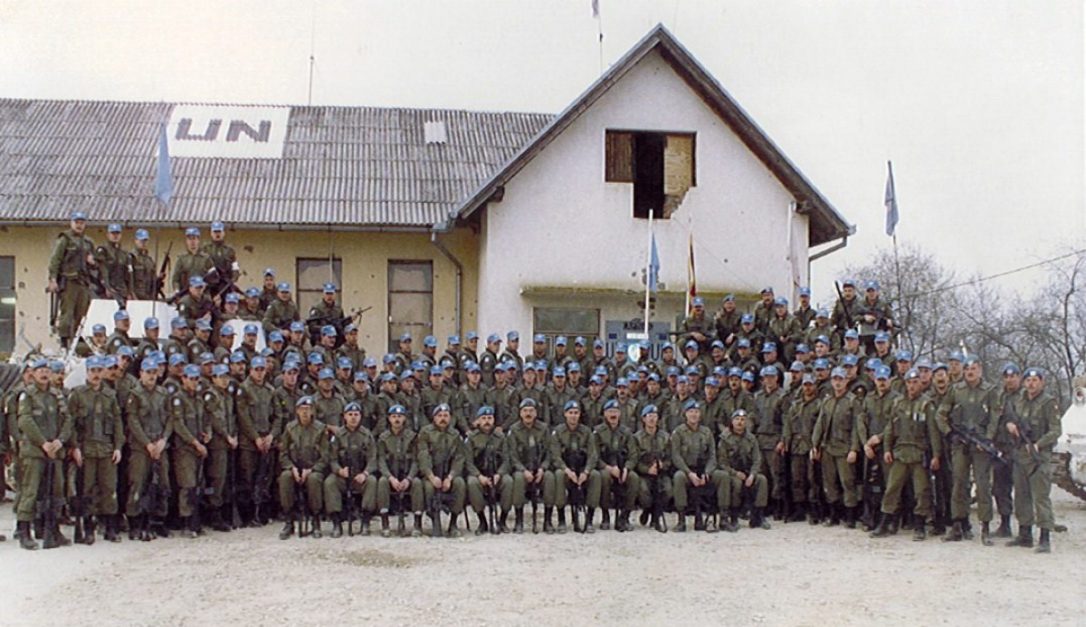


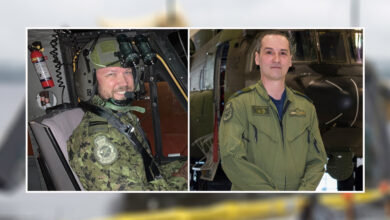

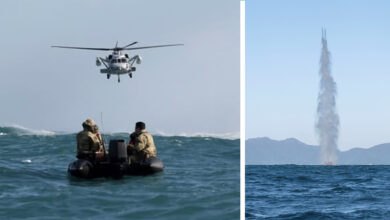
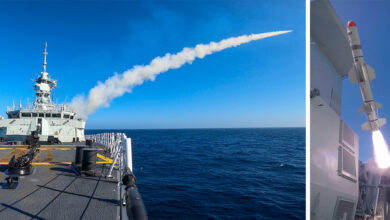
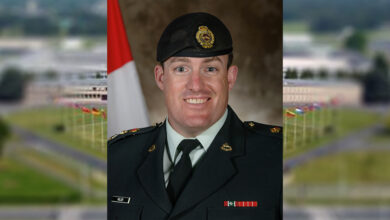
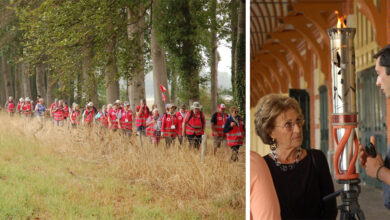
I was part of this very brave group of men and women. I have been trying to get our government to PUBLICLY acknowledge and add it to all Remembrance Day scripts that are talked about on the various TV stations across Canada. Also our Battalion needs to have it add onto our Battle Colours. I get that there is a memory plaque in Ottawa but NOT EVERYONE can Get To Ottawa.